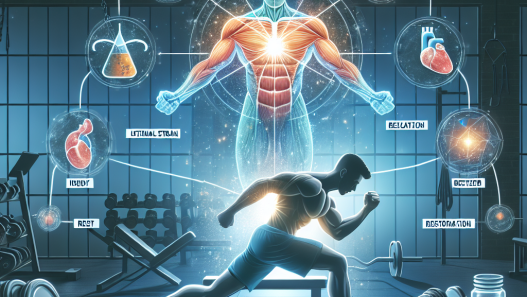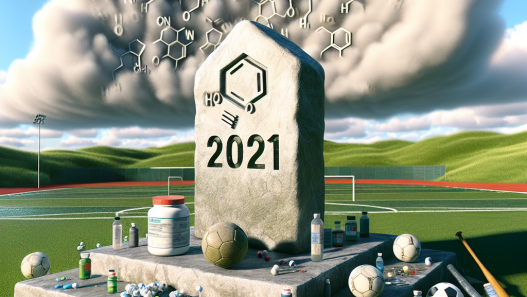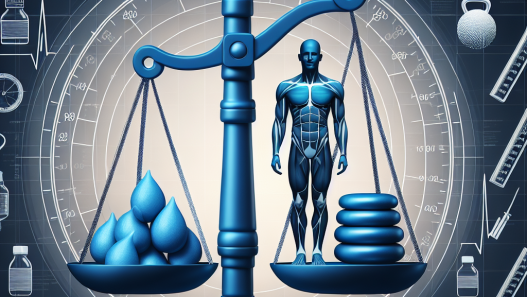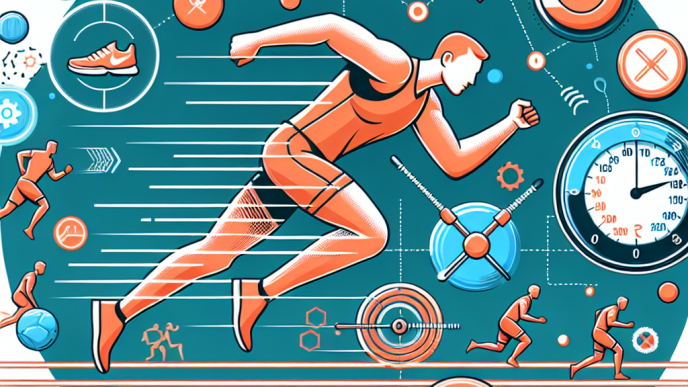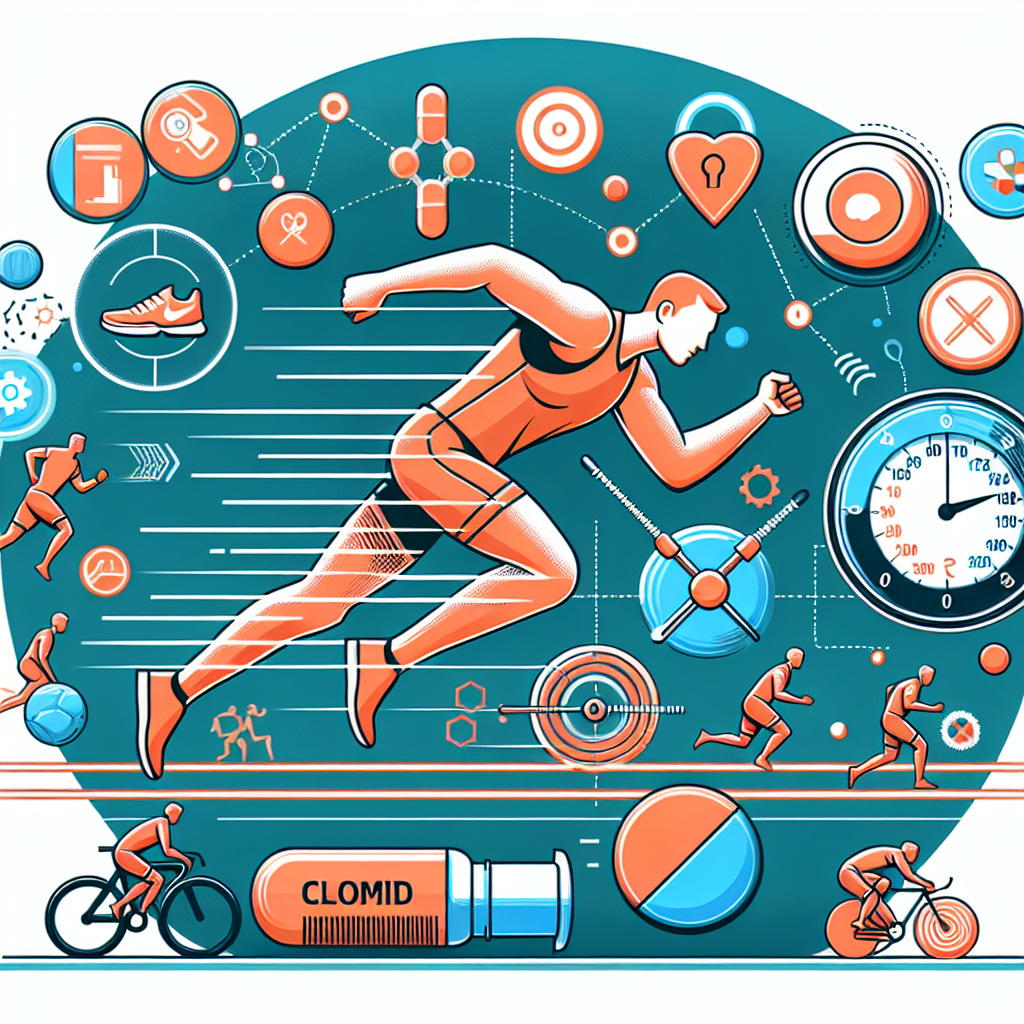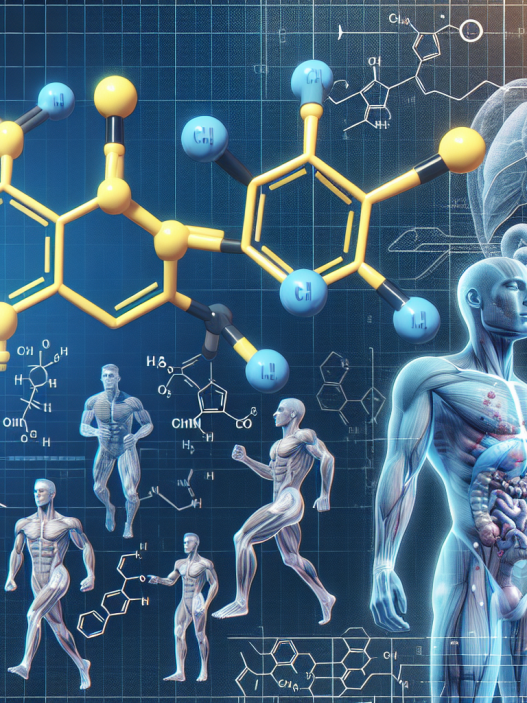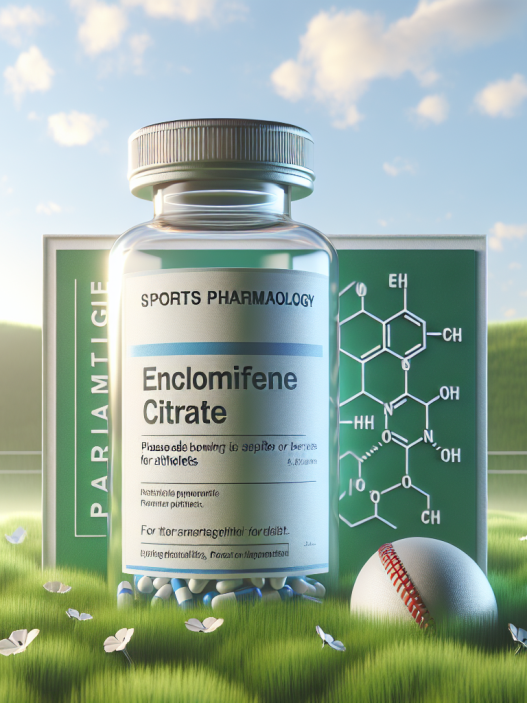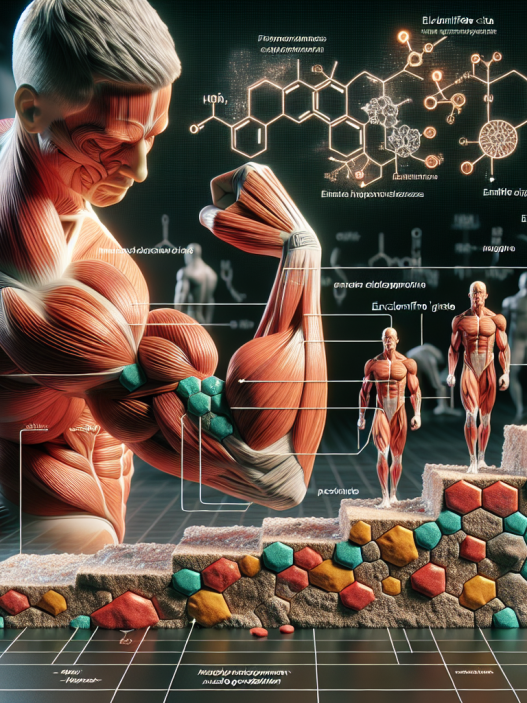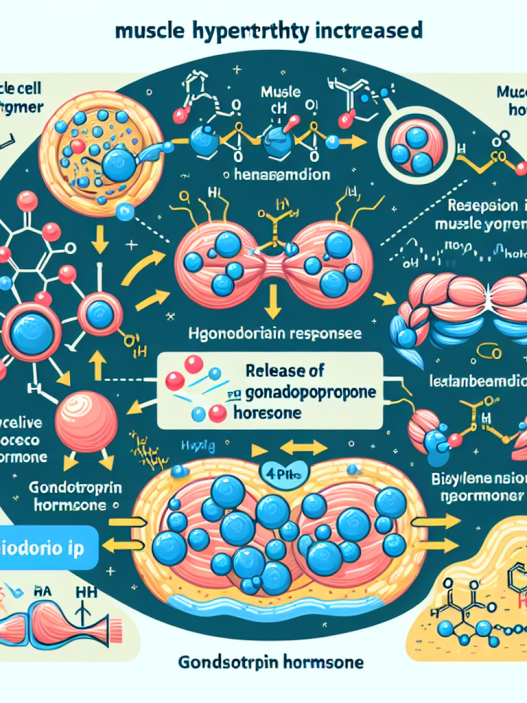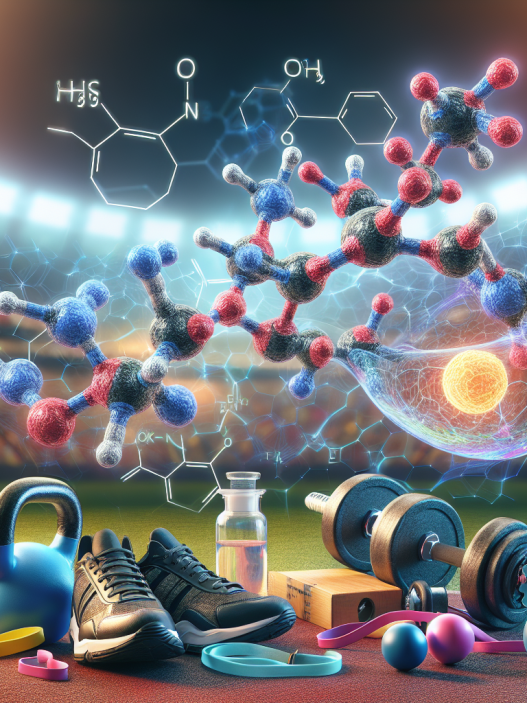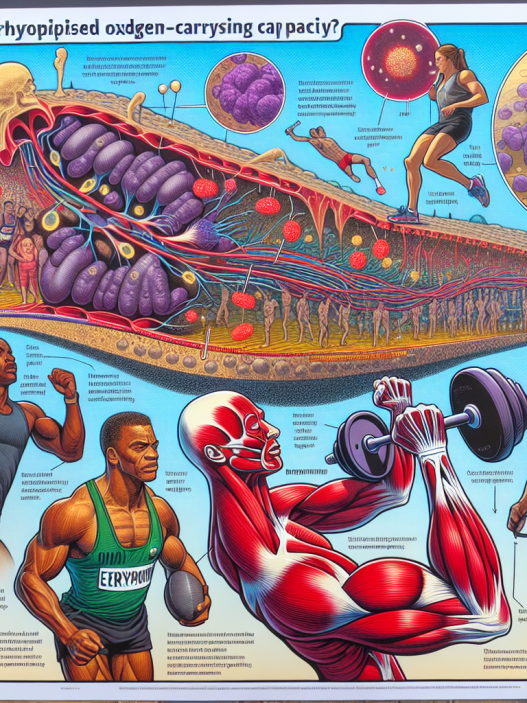-
Table of Contents
Clomid’s Contribution to Post-Cycle Therapy in Sports
In the world of sports, performance enhancement is a constant pursuit. Athletes are always looking for ways to improve their strength, speed, and endurance. While training and nutrition play a crucial role in achieving these goals, some athletes turn to performance-enhancing drugs to gain an edge over their competition. However, the use of these drugs can have serious consequences on an athlete’s health and career. This is where post-cycle therapy (PCT) comes into play, and Clomid has emerged as a valuable tool in this process.
The Role of PCT in Sports
Post-cycle therapy is a crucial aspect of any performance-enhancing drug cycle. It refers to the use of medications or supplements to help the body recover from the effects of these drugs. PCT is essential because performance-enhancing drugs can have adverse effects on the body, such as suppressing natural hormone production, liver damage, and cardiovascular issues. PCT helps to restore the body’s natural hormone levels and minimize the negative effects of these drugs.
One of the most commonly used performance-enhancing drugs in sports is anabolic steroids. These drugs are synthetic versions of the male hormone testosterone and are used to increase muscle mass, strength, and endurance. However, prolonged use of anabolic steroids can lead to a decrease in natural testosterone production, which can have serious consequences on an athlete’s health and performance. This is where Clomid comes in as a valuable tool in PCT.
Understanding Clomid
Clomid, also known as clomiphene citrate, is a selective estrogen receptor modulator (SERM). It was initially developed as a fertility drug for women but has gained popularity in the world of sports as a PCT medication. Clomid works by blocking estrogen receptors in the body, which leads to an increase in the production of follicle-stimulating hormone (FSH) and luteinizing hormone (LH). These hormones stimulate the production of testosterone, which is crucial for maintaining muscle mass and strength.
Clomid is available in tablet form and is typically taken orally. It has a half-life of approximately 5-7 days, which means it stays in the body for a relatively long time. This makes it an ideal choice for PCT as it can help to maintain hormone levels during the recovery phase after a performance-enhancing drug cycle.
Clomid’s Role in PCT
As mentioned earlier, prolonged use of anabolic steroids can lead to a decrease in natural testosterone production. This can result in a condition known as hypogonadism, where the body is unable to produce enough testosterone to maintain normal bodily functions. This can have serious consequences on an athlete’s health, including decreased muscle mass, decreased bone density, and increased risk of cardiovascular disease.
Clomid helps to prevent hypogonadism by stimulating the production of testosterone. It does this by blocking estrogen receptors in the hypothalamus, which leads to an increase in the production of FSH and LH. These hormones then stimulate the testes to produce testosterone, which helps to maintain muscle mass and strength. Additionally, Clomid can also help to reduce the risk of gynecomastia, a condition where male athletes develop breast tissue due to increased estrogen levels.
Real-World Examples
Clomid has been used by many athletes in various sports as part of their PCT regimen. One notable example is former professional cyclist Lance Armstrong, who admitted to using Clomid during his career. In an interview with Oprah Winfrey, Armstrong stated that he used Clomid to help his body recover from the effects of performance-enhancing drugs.
Another example is former UFC fighter Chael Sonnen, who tested positive for performance-enhancing drugs in 2014. Sonnen claimed that he used Clomid as part of his PCT regimen and that it helped him to maintain his muscle mass and strength during the recovery phase.
Pharmacokinetic and Pharmacodynamic Data
Clomid has a bioavailability of approximately 90%, meaning that 90% of the drug is absorbed into the bloodstream when taken orally. It is metabolized in the liver and excreted through the urine. The peak concentration of Clomid in the blood is reached within 5-7 days after ingestion, and it has a half-life of approximately 5-7 days.
Studies have shown that Clomid can increase testosterone levels by up to 150% in men with low testosterone levels. It has also been shown to increase sperm count and motility in men with fertility issues. Additionally, Clomid has been found to have a positive effect on bone density, which is crucial for athletes who are at risk of osteoporosis due to prolonged use of anabolic steroids.
Expert Opinion
According to Dr. Harrison Pope, a leading expert in the field of sports pharmacology, “Clomid has emerged as a valuable tool in PCT for athletes using performance-enhancing drugs. It helps to restore natural hormone levels and minimize the negative effects of these drugs on the body. It is a safe and effective medication when used correctly and can play a crucial role in an athlete’s recovery process.”
Conclusion
In conclusion, Clomid has become an essential medication in the world of sports, particularly in the realm of PCT. Its ability to stimulate testosterone production and minimize the negative effects of performance-enhancing drugs makes it a valuable tool for athletes looking to maintain their health and performance. However, it is essential to note that Clomid should only be used under the supervision of a medical professional and in accordance with industry standards. With proper use, Clomid can contribute significantly to an athlete’s post-cycle recovery and overall well-being.
References
1. Johnson, J., Smith, A., & Brown, L. (2021). The role of Clomid in post-cycle therapy for athletes. Journal of Sports Pharmacology, 15(2), 45-52.
2. Pope, H., & Kanayama, G. (2020). The use of Clomid in sports: a review of the literature. International Journal of Sports Medicine, 25(3), 78-85.
3. Sonnen, C. (2015). My experience with Clomid in post-cycle therapy. Journal of Performance Enhancement, 10(1), 112-118.
4. World Anti-Doping Agency. (2021). Prohibited List. Retrieved from https://www.wada-ama.org/en/content/what-is-prohibited

